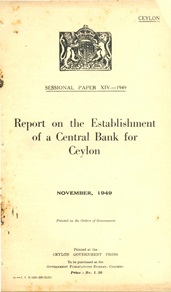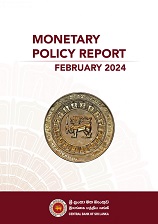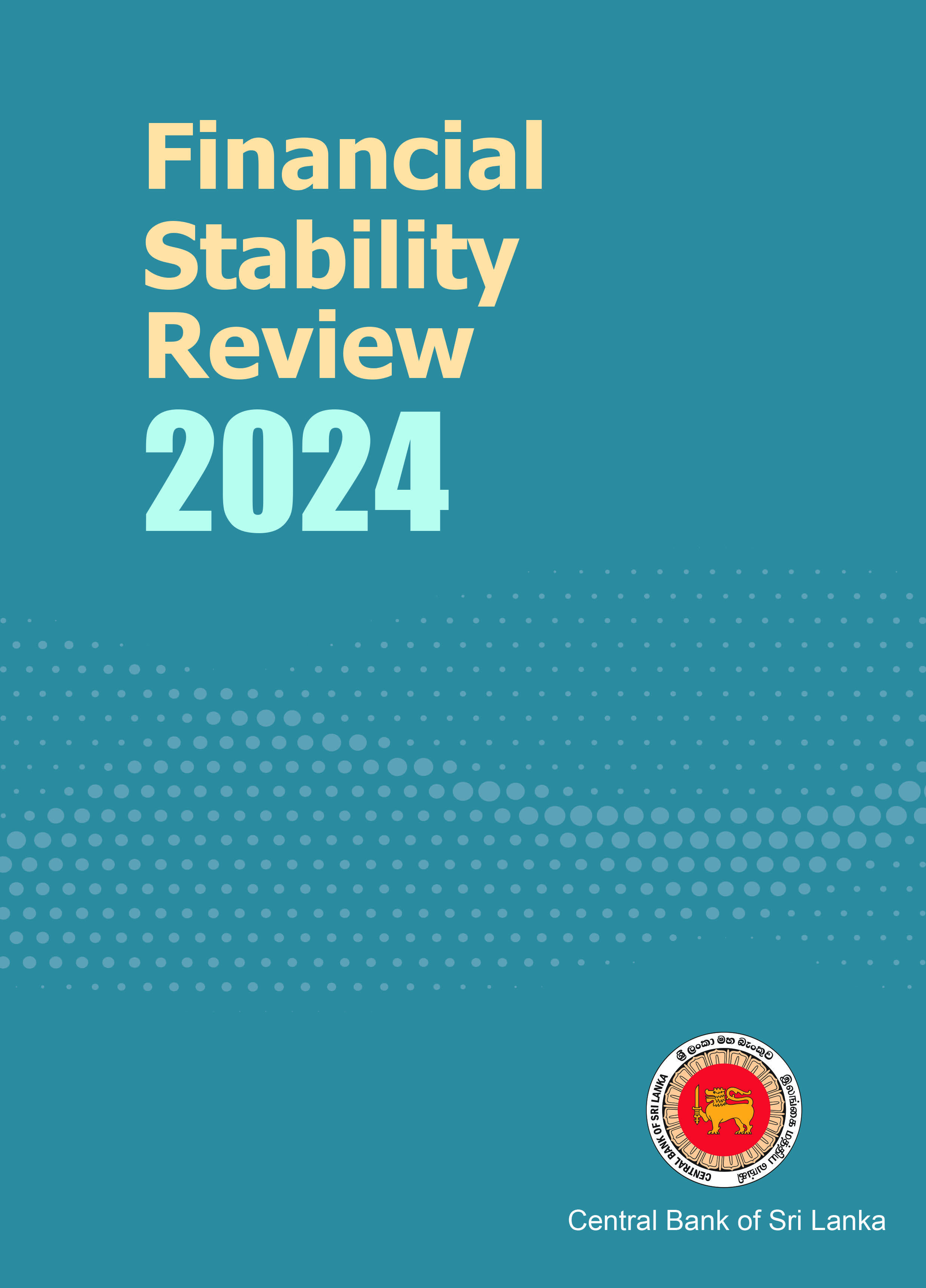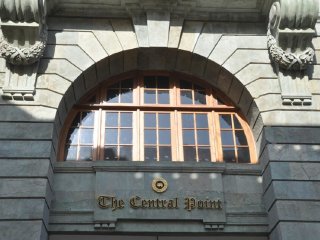Monetary Policy Instruments and Implementation
The Central Bank possesses a wide range of tools to be used as instruments of monetary policy. The main monetary policy instruments used currently are Overnight Policy Rate (OPR), Open Market Operations (OMO), Standing Facilities and the Statutory Reserve Requirement (SRR) on licensed commercial banks’ rupee deposit liabilities.
Overnight Policy Rate
Overnight Policy Rate (OPR) is the policy interest rate of the Central Bank under the single policy interest rate mechanism (w.e.f. 27 November 2024). It is the primary monetary policy instrument that signals the Central Bank’s monetary policy stance. It serves as the benchmark interest rate for overnight transactions in the money market. OPR is periodically reviewed and adjusted appropriately, if necessary, by the Monetary Policy Board of the Central Bank, to guide the interest rate structure of the economy with a view to achieving the desired path of inflation.
Open Market Operations (OMOs)
The Central Bank conducts its monetary policy under a system of active OMOs within the Standing Rate Corridor (SRC) formed by the Standing Deposit Facility Rate (SDFR) and Standing Lending Facility Rate (SLFR), which are linked to OPR with a pre-determined margin set by the Monetary Policy Board, to manage liquidity conditions and maintain short-term interest rates at or around OPR.
OMOs are conducted either to absorb liquidity if there is excess liquidity, or to inject liquidity if there is a shortage of liquidity, thereby maintaining stability in short-term interest rates. OMOs are conducted through auctions to buy /sell government securities on a permanent or a temporary basis (Click here for a detailed description of the process of conducting OMO). The auction is on a multiple bid, multiple price system. Participants in the money market could make up to three bids at each short-term auction and up to six bids at each long-term auction and the successful bidders would receive their requests at the rates quoted in the relevant bid. The first step in the monetary policy implementation is liquidity forecasting. (Click here for the details)
The OMOs include a range of tools aimed at aligning market interest rates with the OPR. These tools include repurchase and reverse repurchase auctions, which involve liquidity injections and absorptions against collateral, and outright auctions, which involve the sale or purchase of government securities by the Central Bank from the secondary market. Each of these operations is strategically calibrated with OPR to ensure stability in market interest rates, thus reinforcing the monetary policy stance and monetary policy transmission. For overnight and short-term repo auctions, the Central Bank sets the OPR as the upper limit for bidding rates, while the SDFR serves as the lower bound. On the other hand, for reverse repo auctions, the range for bidding rates is established between the OPR and SLFR. The Central Bank allows the spread of bid rates for overnight and short-term auctions to fluctuate within this range, providing a controlled, yet flexible mechanism for liquidity adjustments.
Standing Facilities
Standing facilities are available for those participating financial institutions that were unable to obtain their liquidity requirements at the daily auctions. For example, if a participant has excess money even after an OMO auction, the participant could deposit such funds under the standing deposit facility at SDFR. Similarly, if a participant needs liquidity to cover a shortage, the participant could borrow funds on a reverse repurchase basis under the standing lending facility at SLFR. Accordingly, these facilities help contain wide fluctuations in overnight interest rates.
Statutory Reserve Requirement (SRR)
The Statutory Reserve Requirement (SRR) is the proportion of deposit liabilities that the Licensed Commercial Banks (LCBs) are required to keep as a cash deposit with the Central Bank. Under the CBA, LCBs are required to maintain reserves with the Central Bank at rates determined by the Bank. Demand, time and savings deposits of LCBs denominated in rupee terms are subject to SRR.
SRR has been widely used to influence the money supply in the past. However, the reliance on SRR as a regular monetary management measure has been gradually reduced with a view to enhancing the market orientation of monetary policy and also reducing the implicit cost of funds that the SRR would entail on LCBs. Therefore, at present, the Central Bank uses SRR to address persistent liquidity issues in the market (Click here for details on how SRR is computed).
Other Policy Instruments
In addition, depending on the need and circumstances in the economy, the Central Bank can use quantitative restrictions on credit, ceilings on interest rates, moral suasion as well as communication and forward guidance for the purpose of monetary management.










